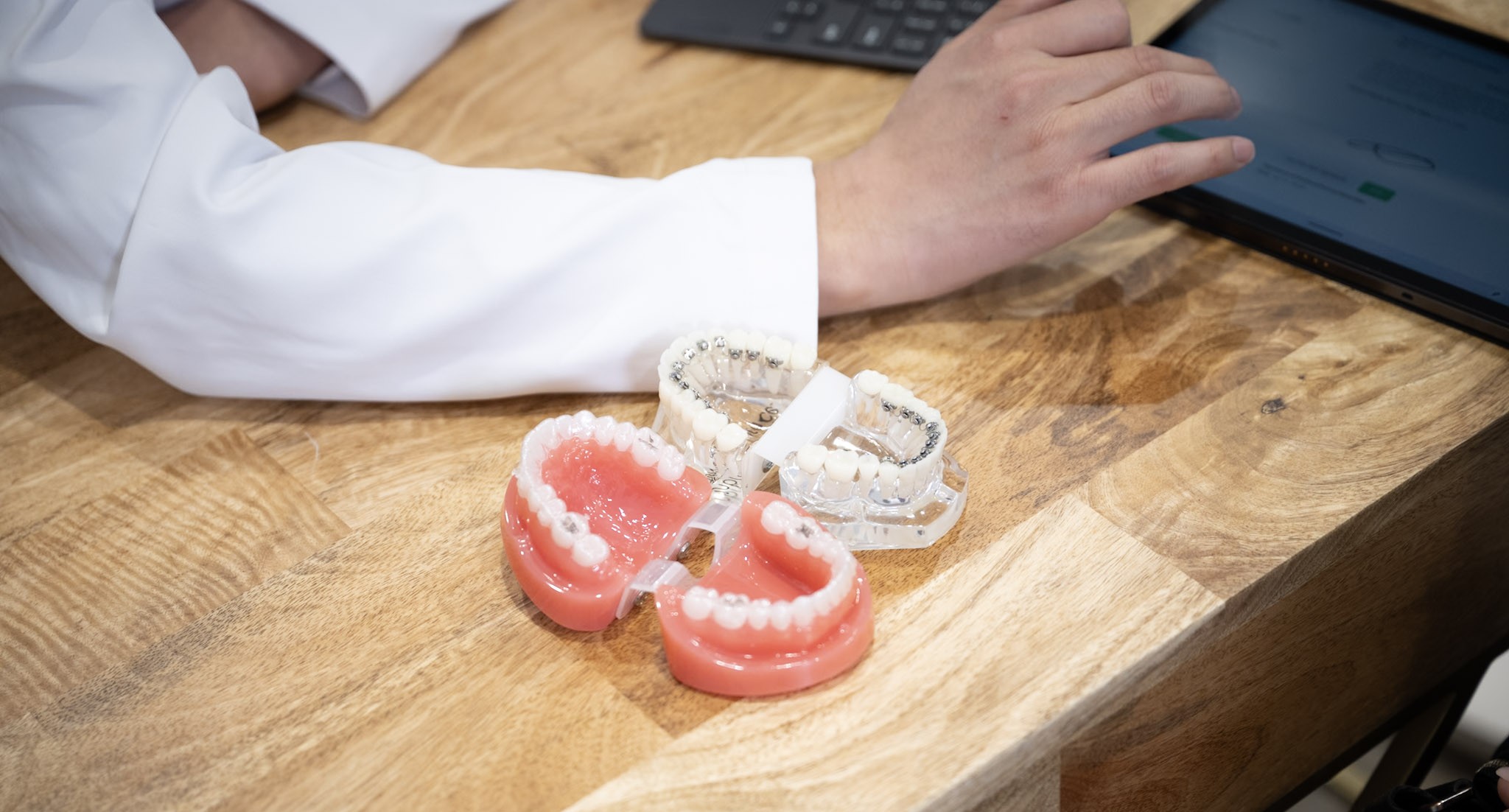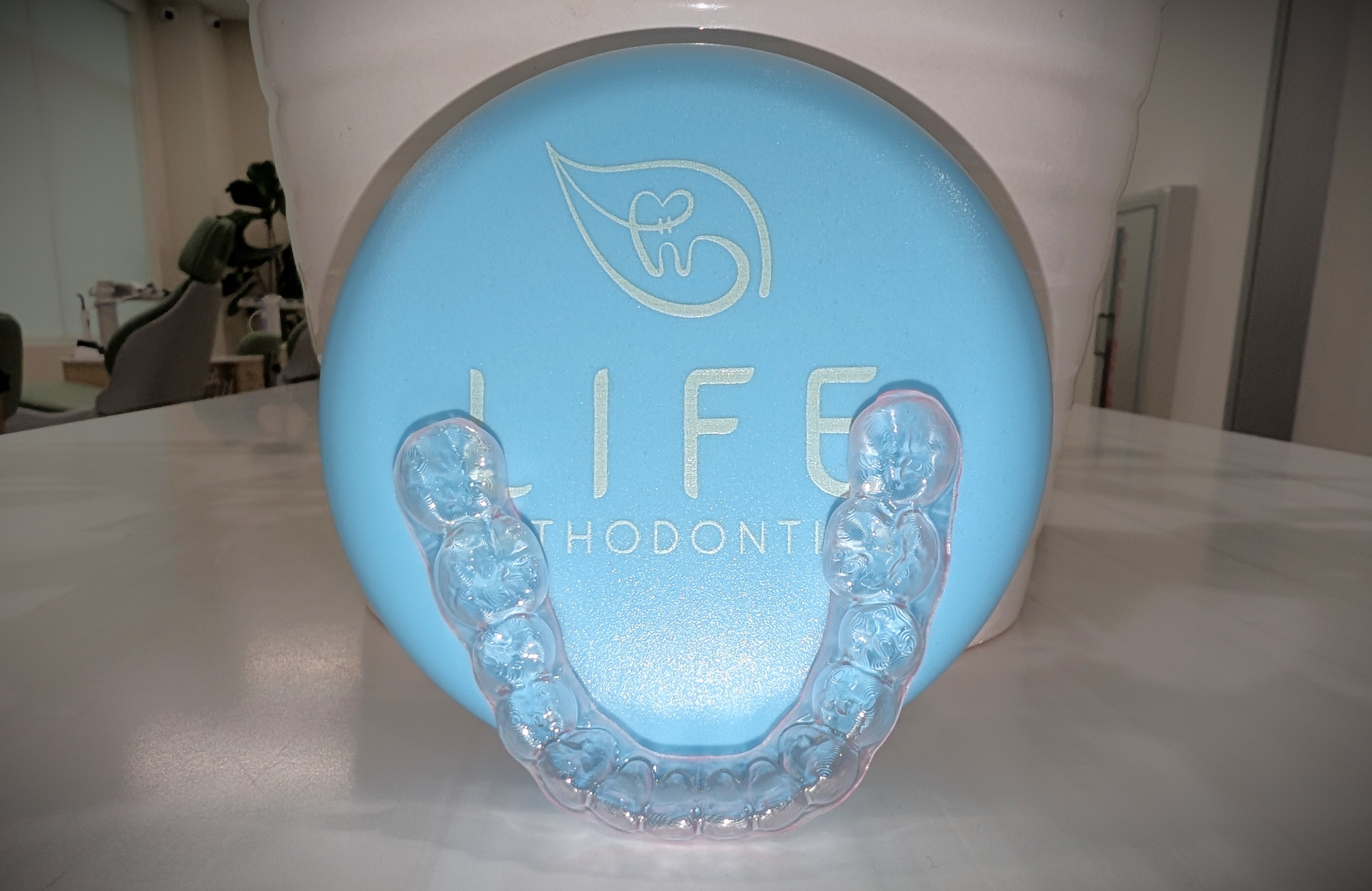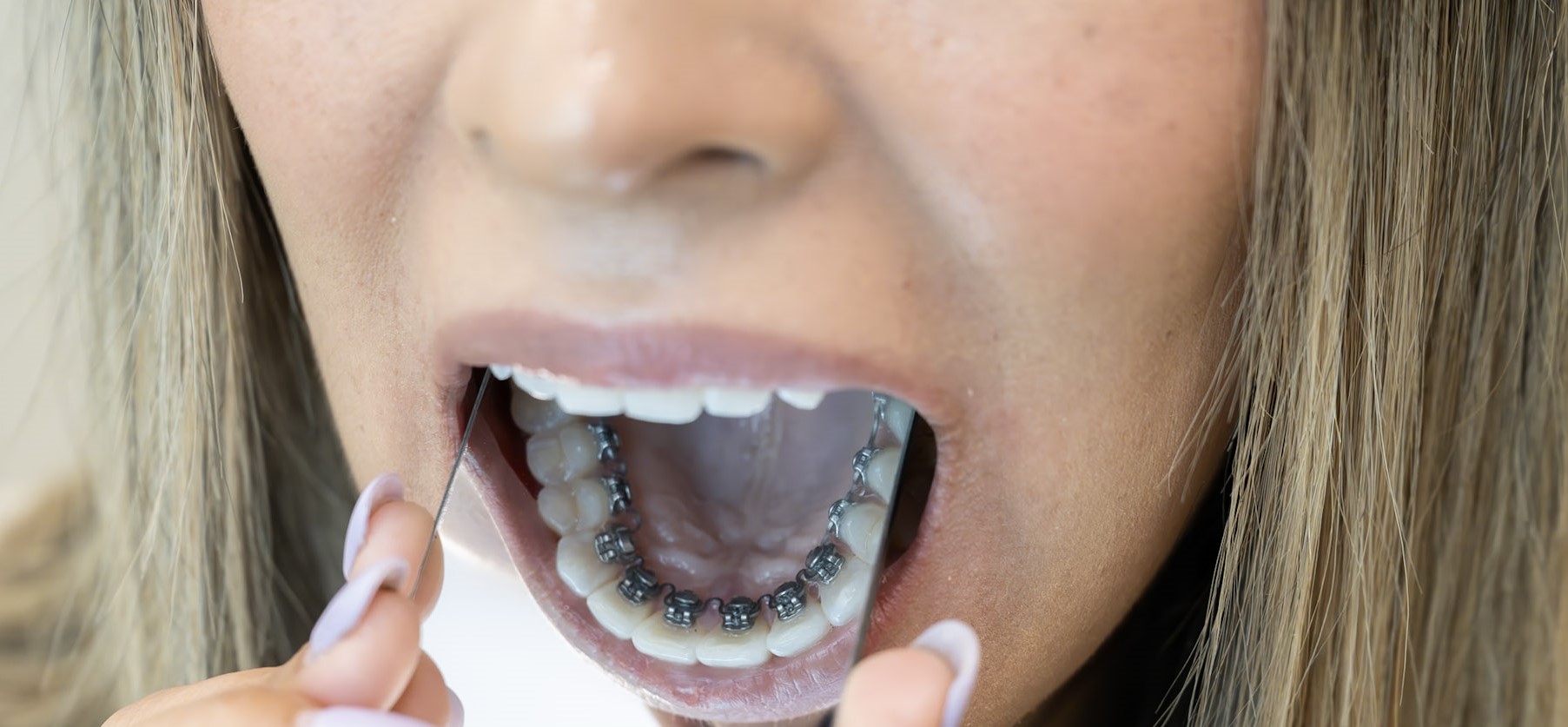
Important Dental Milestones to Track for Your Child
Just like there are developmental milestones to track as your child grows up, like learning how to crawl, walk, and talk, there are also dental milestones to keep track of. Knowing when to expect these dental milestones helps maintain your child's oral health and can help prevent potential issues in oral function when caught early. This blog post provides information on some key dental milestones that every parent should know.
The First Tooth
On average, the first baby tooth appears between 6 months and 1 year of age. However, some baby teeth erupt earlier, and in rare cases, babies can even be born with teeth. This first baby tooth that erupts is usually one of the lower central incisors. As soon as the first tooth appears, it’s important to start brushing it twice a day with a soft-bristled baby toothbrush and a tiny smear of fluoride toothpaste.
The First Visit to the Dentist
The American Academy of Pediatric Dentistry recommends that your child’s first visit to the dentist should be when their first tooth appears or no later than their first birthday if no teeth have erupted yet. This initial visit is important as it allows the dentist to check for any early signs of problems and to provide guidance on oral hygiene, diet, and habits like thumb sucking. Following this visit, it’s important to schedule regular dental check-ups every six months to maintain good oral health.
A Full Set of Baby Teeth
By around the age of 3, your child should have a full set of 20 baby teeth—10 on the top and 10 on the bottom. This complete set includes two central incisors, two lateral incisors, two canines, and four molars on each arch. With a full set of teeth, it’s essential to establish good oral hygiene habits, including regular brushing, flossing, and healthy eating. Even though these teeth will eventually fall out, taking care of them is crucial as they hold space for the future permanent teeth.
The First Adult Tooth
Around the age of 6, your child will experience the eruption of their first adult tooth which are typically the first molars, often called the "six-year molars." These molars erupt behind the baby molars, without replacing them. These first adult molars that your child gets at age 6 are essential teeth that will need to last your child for the rest of their life, so it’s important to ensure they are kept clean and healthy.
The First Lost Tooth
Around the same time that the six-year molars appear, your child will also lose their first baby tooth around the age of 6. Most commonly, the lower central incisors are the first baby teeth to fall out. The process of losing baby teeth and gaining adult teeth continues over the next 5-6 years, during which your child will have a mix of baby and adult teeth. It’s important to maintain good oral hygiene and regular dental visits to monitor this transition and ensure the adult teeth come in correctly.
The First Visit to the Orthodontist
The American Association of Orthodontists recommends that children have their first orthodontic consultation by the age of 7. At this age, about 10% of children can benefit from early interceptive treatment, also known as Phase I orthodontic treatment. Early evaluation allows the orthodontist to detect any potential issues, such as crossbites or impacted adult teeth, and address them before they become more severe. This proactive approach will often reduce the need for more extensive treatment later on. Our previous blog post on Phase I orthodontic treatment covers this first visit in more detail.
A Full Set of Adult Teeth
By the time your child is between 11 and 13 years old, they often will have all of their adult, permanent teeth. This set includes 28 teeth—2 central incisors, 2 lateral incisors, 2 canines, 4 premolars, and 4 molars on each arch. The last adult teeth to erupt are generally the second molars and are often referred to as the “12-year molars”. Once all the baby teeth have fallen out and the adult teeth have erupted, your child is now ready for Phase II orthodontic treatment.
Phase II Orthodontic Consult
Once all the baby teeth have fallen out and the adult teeth have erupted, it’s time for a Phase II orthodontic consultation. During this phase of orthodontic treatment, braces will commonly be used to level and align all the adult teeth to create a healthy and functional bite. Other options like clear aligners and InBrace can also be used if desired.
Wisdom Teeth Evaluation
As your child approaches their mid-teens, it’s time to start thinking about wisdom teeth. These third molars typically begin to develop between the ages of 15 and 18. Your dentist or orthodontist will monitor their growth through X-rays and will typically recommend removal if there’s a risk of impaction, crowding, or other issues. Early evaluation and, if necessary, removal can prevent future complications.
Conclusion
At Life Orthodontics, we’re here to guide you through these dental milestones, from your child’s first orthodontic consultation at age 7 to creating a healthy, functional adult smile at age 12. We proudly serve families from all around Orange County: Tustin, Irvine, Santa Ana, Costa Mesa, Anaheim, and more! Reach out to us at 714-481-4858 or on our website to schedule a consultation today!




































